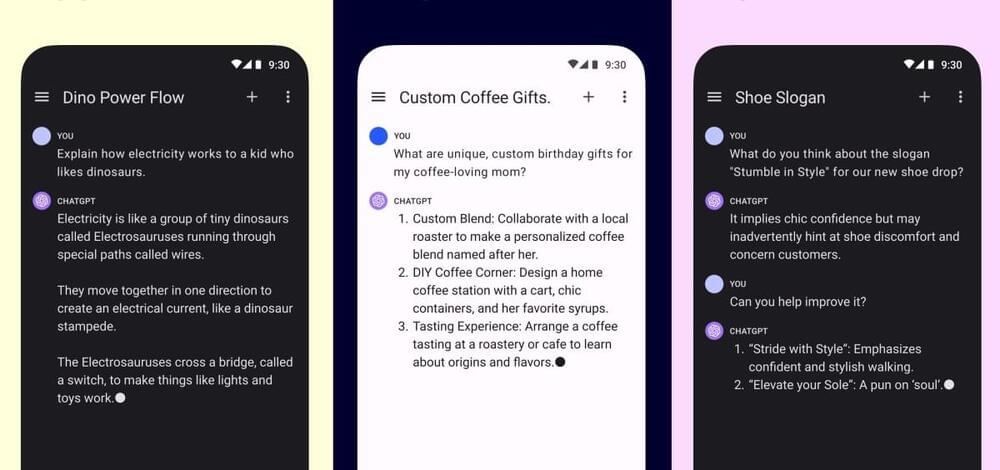Now that’s something mach can use.
MIT researchers have recently developed a portable desalination unit that can remove particles and salts to turn seawater into drinking water.
The suitcase-sized device, weighing less than ten kilograms, requires less power to operate than a cell phone charger and can also be driven by a small, portable solar panel.
It automatically generates drinking water that exceeds World Health Organization quality standards. The technology is packaged into a user-friendly device that runs with the push of a button.





